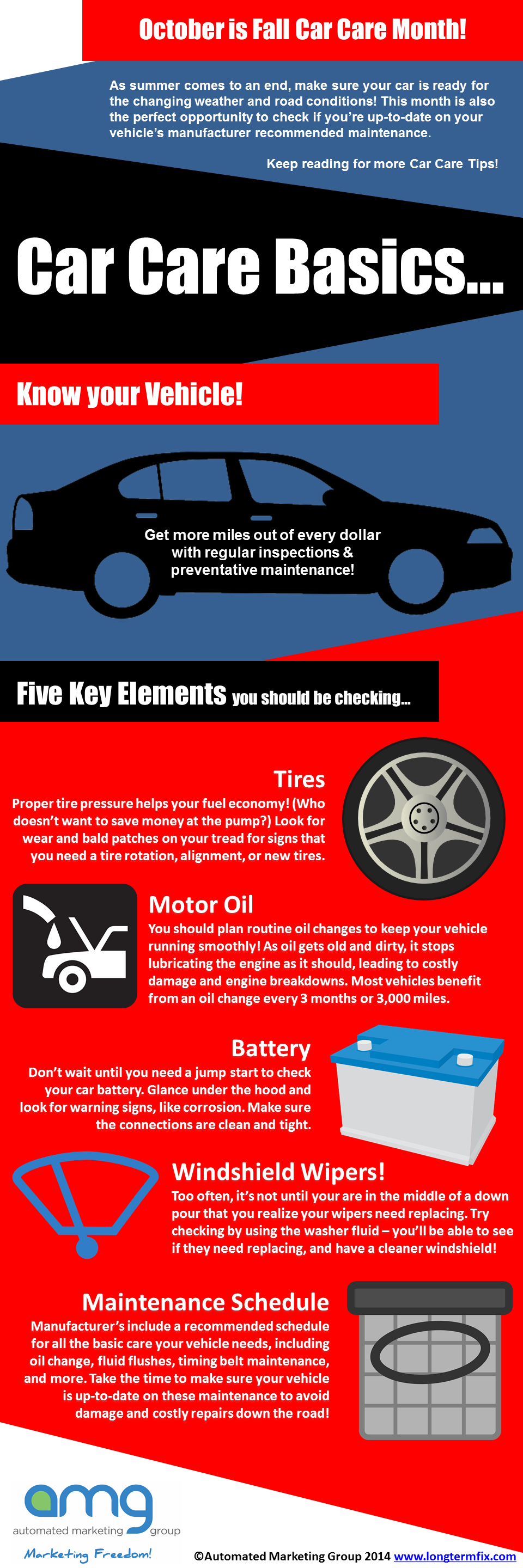Decoding The Significance Of Your Automobile'S Caution Indicators
Decoding The Significance Of Your Automobile'S Caution Indicators
Blog Article
Uploaded By-Cummings Gross
When you lag the wheel, those beautiful caution lights on your dashboard can be a little bit perplexing. Do you understand what they're attempting to tell you about your automobile's wellness? Recognizing automotive brake repair of these lights is crucial for your security and the long life of your vehicle. So, the next time among those lights pops up, would not you wish to decipher its message properly and take the necessary actions to resolve it?
Common Warning Lighting and Interpretations
Identify typical warning lights in your vehicle and understand their meanings to ensure secure driving.
One of the most regular warning lights include the check engine light, which signifies concerns with the engine or emissions system. If this light comes on, it's critical to have your lorry examined without delay.
The oil pressure warning light shows reduced oil stress, requiring immediate attention to avoid engine damage.
A blinking battery light may suggest a malfunctioning billing system, potentially leaving you stranded otherwise dealt with.
The tire stress surveillance system (TPMS) light alerts you to reduced tire stress, affecting lorry security and fuel efficiency. Overlooking this can cause hazardous driving problems.
The abdominal muscle light shows a trouble with the anti-lock braking system, endangering your capability to stop swiftly in emergency situations.
Last but not least, the coolant temperature alerting light warns of engine getting too hot, which can cause extreme damage if not fixed quickly.
Comprehending these usual caution lights will assist you resolve problems without delay and keep safe driving conditions.
Importance of Prompt Interest
Comprehending the typical caution lights in your auto is just the first step; the importance of promptly attending to these warnings can not be highlighted sufficient to ensure your safety and security when driving.
When a caution light brightens on your dashboard, it's your car's way of communicating a possible concern that requires interest. Overlooking these warnings can bring about a lot more extreme troubles in the future, jeopardizing your security and possibly costing you extra out of commission.
auto repair near me to alerting lights can avoid malfunctions and accidents. For instance, a blinking check engine light might suggest a misfire that, if left neglected, might cause damages to the catalytic converter. Resolving this promptly can conserve you from an expensive repair service.
Likewise, a brake system alerting light could signify reduced brake fluid or worn brake pads, important elements for your safety when driving.
Do It Yourself Troubleshooting Tips
If you see a warning light on your control panel, there are a few do it yourself troubleshooting suggestions you can attempt before looking for specialist assistance.
The very first step is to consult your vehicle's manual to understand what the particular warning light suggests. Sometimes the problem can be as simple as a loosened gas cap setting off the check engine light. Tightening up the gas cap may fix the issue.
Another common concern is a low battery, which can cause numerous alerting lights. Examining the battery connections for rust and ensuring they're protected could take care of the problem.
If a caution light persists, you can try resetting it by separating the auto's battery for a couple of mins and afterwards reconnecting it. Additionally, checking your vehicle's fluid levels, such as oil, coolant, and brake fluid, can assist troubleshoot alerting lights connected to these systems.
https://brake-shop-near-me16150.livebloggs.com/33851088/professional-assistance-tips-for-cutting-costs-on-automobile-repair-work-at-your-community-garage
In conclusion, recognizing your auto's warning lights is vital for maintaining your automobile running smoothly and safely. By immediately addressing these informs and knowing what they mean, you can stay clear of expensive repair services and possible malfunctions.
Keep in mind to consult your car's manual for particular information on each warning light and do something about it appropriately to guarantee a trouble-free driving experience.
Remain informed, remain safe when driving!
